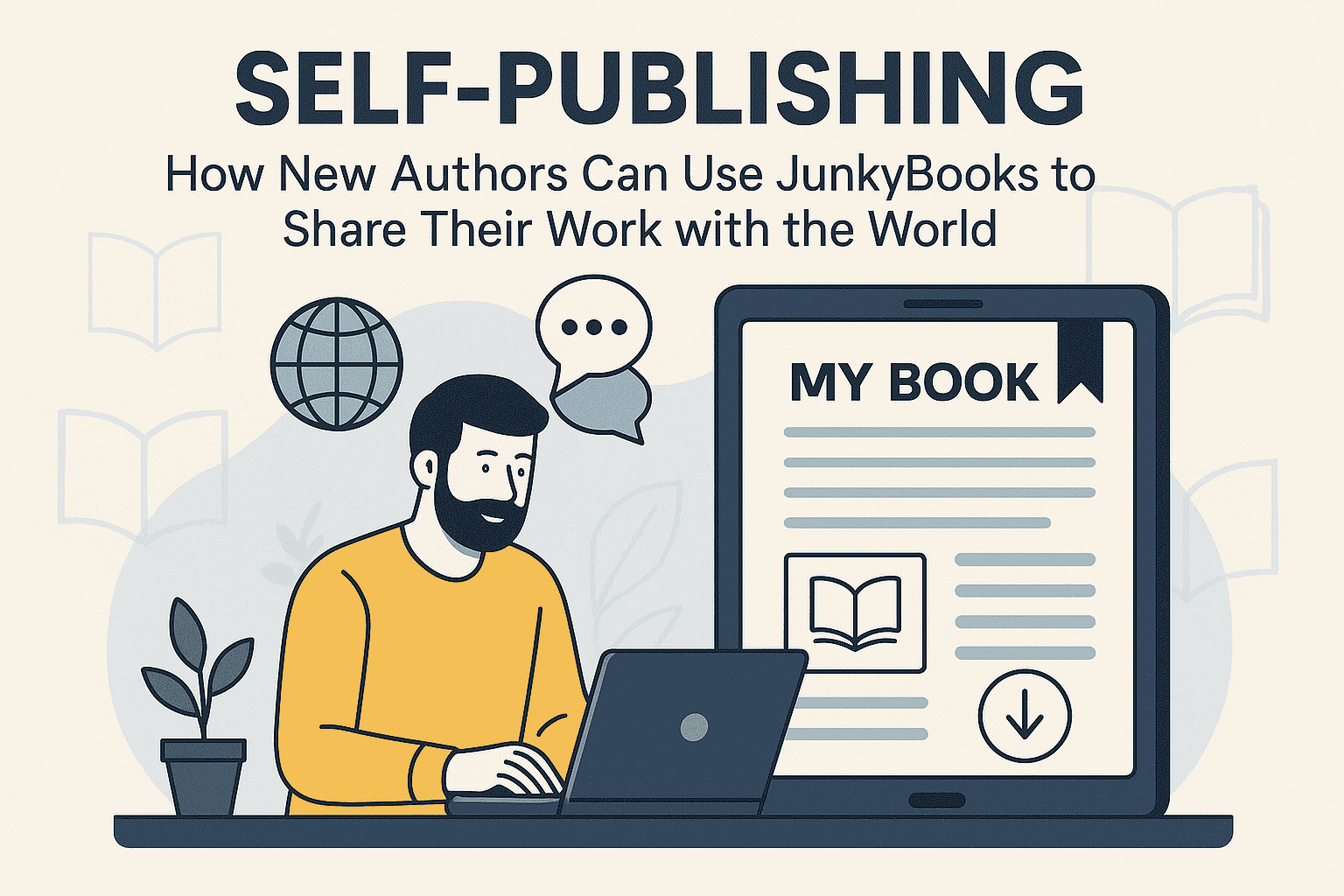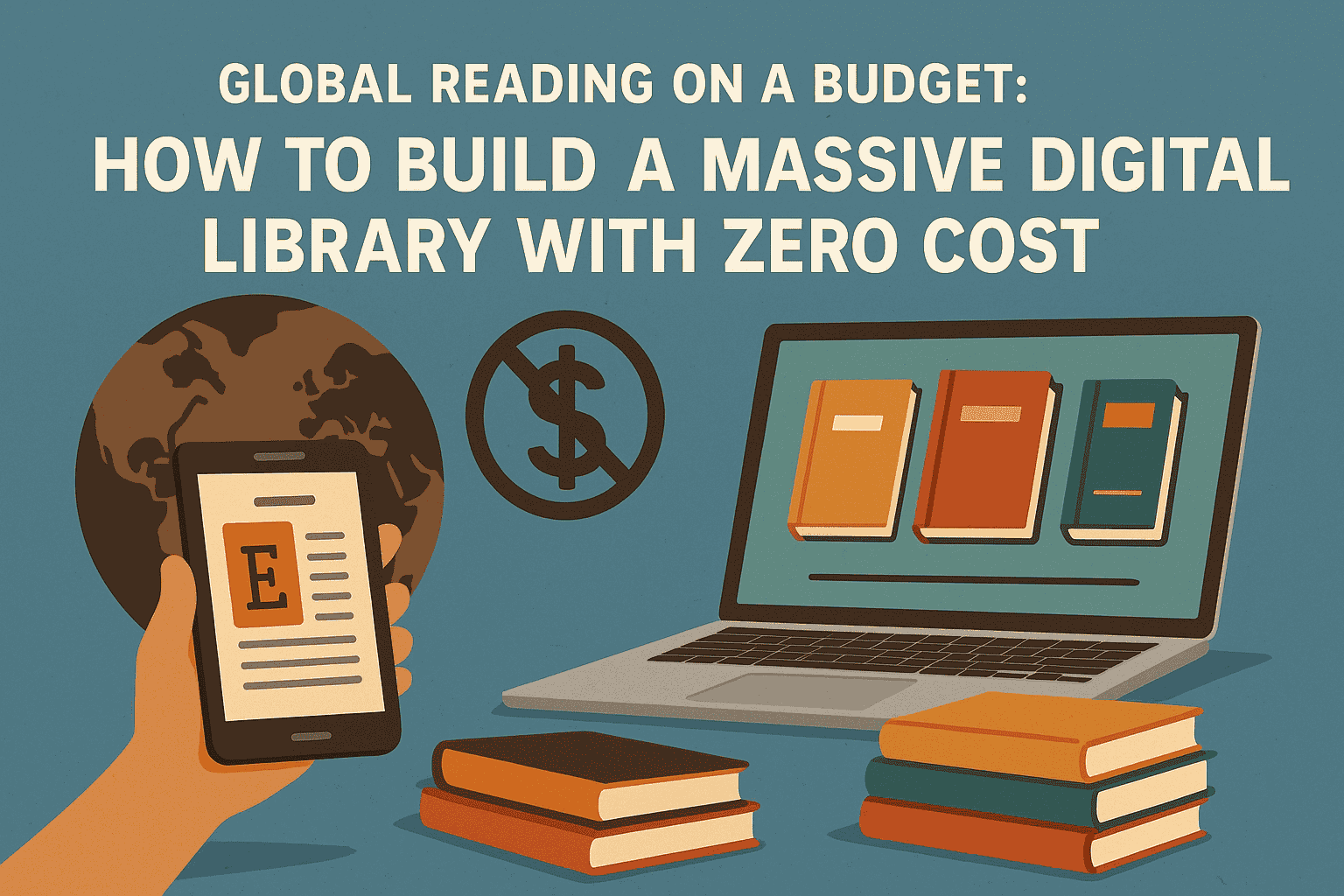Gender and Access to Scholarships in Historical Fiction
In the world of historical fiction, education often symbolizes freedom, independence, and transformation. For female characters, especially, access to scholarships has long been portrayed as a radical and liberating act—one that defies the gender norms of their time.
Whether through fictionalized accounts of real-life trailblazers or imagined narratives rooted in historical realities, many novels explore how women fought for, earned, and sometimes were denied the right to education and the scholarships that could make it possible.
This blog post examines the intersection of gender and access to scholarships in historical fiction. It focuses on how authors use scholarship narratives to highlight gender inequality, social resistance, and the enduring tension between ambition and societal expectations for women. These stories are more than tales of triumph; they are nuanced portraits of struggle, sacrifice, and systemic exclusion.
1. The Early Gatekeeping of Education for Women
In many historical settings, women were outright excluded from formal education or only allowed to attend under highly restrictive conditions. Scholarships—if they existed—were often reserved for men, based on the belief that men would use education to support families, pursue professions, or serve the state. In contrast, women’s intellectual development was seen as unnecessary or even dangerous.
Historical fiction often brings this injustice to life. In A Room with a View by E.M. Forster, while not centrally about scholarships, we get a glimpse of the limited intellectual space women were allowed. Characters like Lucy Honeychurch embody the tensions between societal expectations and personal awakening. The absence of opportunities for structured education underscores how limited women’s choices were.
In novels set in the 19th and early 20th centuries, such as The Crimson Petal and the White by Michel Faber or Wide Sargasso Sea by Jean Rhys, the lack of access to scholarships often mirrors the characters’ broader social confinement. These women are bright, observant, and capable—but the idea of educational funding is not even within reach. Their stories serve as silent critiques of a system that withheld opportunity based on gender.
2. Fictional Heroines Breaking Barriers
Despite the constraints of their times, many female protagonists in historical fiction do find their way into academic settings—sometimes through exceptional scholarships that mark them as anomalies. These characters often must outperform male counterparts, prove their virtue, and balance personal desire with public scrutiny.
In A Northern Light by Jennifer Donnelly, set in 1906, protagonist Mattie dreams of attending Barnard College on a scholarship. Her journey is filled with obstacles: familial duty, societal pressure to marry, and the emotional toll of choosing ambition over tradition. The scholarship becomes a symbol of her future, but it also forces her to confront what she must leave behind.
Similarly, in The Lie Tree by Frances Hardinge, Faith, a Victorian girl fascinated by science, must hide her intellect in a world that deems girls unsuited for scholarly pursuits. While the story centers around a supernatural tree and a mysterious death, the underlying theme is clear: access to education for girls is radical, and any path to it—scholarships included—is hard-won.
3. Education as Social Uplift for Marginalized Women
In many historical novels, scholarships are lifelines for women not just because they offer intellectual fulfillment but because they provide escape routes from poverty, abuse, or societal marginalization. For lower-class or racialized women, scholarships are often the only viable way out.
In Girl with a Pearl Earring by Tracy Chevalier, while the story predates formalized scholarships, Griet’s intelligence and resourcefulness hint at the unrealized potential many girls had during the Dutch Golden Age. A scholarship, had it been available, might have changed the course of her life. Such narratives underscore how gendered barriers intersect with class, keeping capable girls confined to domesticity.
A more explicit example appears in The Gilded Years by Karin Tanabe, based on the true story of Anita Hemmings—the first Black woman to attend Vassar College while passing as white. Though she earns her place on merit, her race and gender place her in constant jeopardy. Scholarships in this context become double-edged swords: they open doors but also force women to hide aspects of their identity to remain inside.
4. Resistance from Within: Families and Cultural Norms
Historical fiction also emphasizes how gender norms within families and communities often act as internal barriers to scholarship access. Even when scholarships exist, girls are discouraged—or forbidden—from accepting them.
In Anne of Green Gables by L.M. Montgomery, Anne Shirley earns a scholarship to study at Queen’s Academy. While celebrated today as a heartwarming tale, the novel subtly critiques the resistance she faces. Education is not seen as a priority for girls, and Anne’s pursuit of knowledge is viewed with a mix of admiration and concern. Her determination is what makes the scholarship possible—not societal support.
In My Brilliant Friend by Elena Ferrante, set in postwar Italy, Lila and Elena both demonstrate academic brilliance. However, only Elena is allowed to pursue her studies. Lila’s parents refuse to invest in her education, despite her intellectual promise. This selective access underscores how gendered expectations—even within families—can limit opportunity more than external systems.
5. The Emotional Toll of Being “The Only Girl”
Being the only female scholarship recipient—or one of a few—can result in isolation, ridicule, or excessive pressure. Historical fiction does not shy away from showing the emotional consequences of such achievements.
In Code Name Verity by Elizabeth Wein, set during World War II, two young women serve in the British war effort—one as a pilot, the other as a spy. Flashbacks show how rare it was for women to be given training and opportunity. Scholarship-like programs enabled their entry, but their struggles for legitimacy reflect the loneliness of trailblazing women in male-dominated environments.
This theme also resonates in The Paris Library by Janet Skeslien Charles, where women who work in intellectual fields—often aided by education grants or scholarships—face constant surveillance and judgment. Their access to knowledge is never neutral; it is always political.
6. Gendered Expectations After Graduation
Even when women in historical fiction succeed academically—often with the help of scholarships—their post-education lives are not always liberating. Marriage, motherhood, and societal expectations often pull them back into traditional roles.
In The Signature of All Things by Elizabeth Gilbert, Alma Whittaker is an accomplished botanist in the 19th century. Her access to education is inherited wealth rather than scholarship, but the story raises a relevant issue: what happens when an educated woman has no place to practice her knowledge? Historical fiction often depicts the gap between access and application—how education alone cannot dismantle entrenched gender roles.
This echoes in Little Women by Louisa May Alcott. Jo March, who aspires to be a writer and teacher, is deeply independent. When she receives educational and literary opportunities, she is expected to temper her ambition with “appropriate” femininity. Her struggle is emblematic of countless historical heroines whose scholarships were just the beginning of deeper battles for self-determination.
Conclusion: Fiction as Feminist Commentary
Through rich narratives and unforgettable characters, historical fiction sheds light on how gender and education are deeply intertwined. Scholarships in these stories are not just financial aids—they are instruments of defiance, hope, and transformation. But they are also mirrors reflecting society’s reluctance to fully empower women.
By tracing the journeys of scholarship-winning heroines, authors illuminate the cost of ambition in patriarchal societies. These characters are not just students—they are symbols of progress, resistance, and resilience. Their stories remind us that access to education for women was never a given—it was fought for, denied, won, and often paid for in invisible currency: isolation, sacrifice, and emotional labor.
Today, while the gender gap in education is narrowing globally, historical fiction serves as a powerful reminder of the struggles that paved the way. In celebrating the achievements of fictional scholarship recipients, we also honor the real women—past and present—who refused to be defined by limitation.








